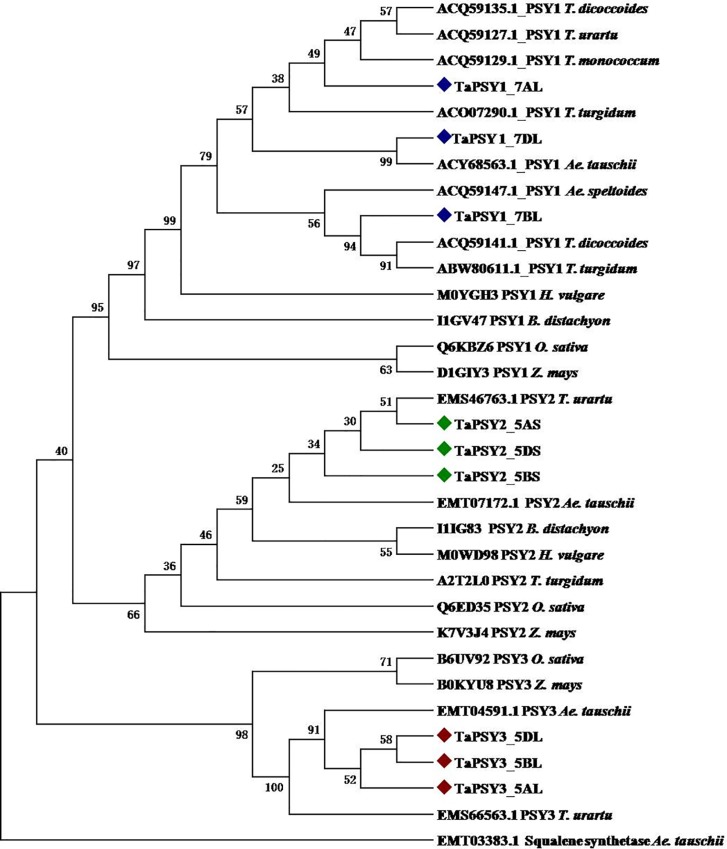Fig 2. Phylogenetic tree analysis of the PSY protein sequences.
A Maximum Parsimony based phylogenetic tree of the wheat and other monocots was generated by using MEGA 6 software. The sequences of O. sativa (PSY1, Q6KBZ6; PSY2, Q6ED35; PSY3, B6UV92), T. dicoccoides (PSY1, ACQ59135.1; PSY1, ACQ59141.1), T. urartu (PSY1, ACQ59127.1; PSY2, EMS46763.1; PSY3, EMS66563.1), T. monococcum (PSY, ACQ59129.1), T. turgidum (PSY1, ACO07290.1; PSY1, ABW80611.1; PSY2, A2T2L0), Ae. tauschii (PSY1, ACY68563.1; PSY2, EMT07172.1; PSY3 EMT04591.1), Ae. speltoides (PSY1, ACQ59147.1), H. vulgare (PSY1, M0YGH3; PSY2, M0WD98), B. distachyon (PSY1, I1GV47; PSY2, I1IG83), and Z. mays (PSY1, D1GIY3; PSY2, K7V3J4; PSY3, B0KYU8) were considered. The squalene synthase sequence of Ae. tauschii (EMT03383.1) was used as outlier. The sequences were aligned using MUSCLE and the phylogenetic tree was created by Neighbor-Joining method with 1000 bootstrap replicates using MEGA 6 software. The numbers shown at each node represent bootstrap values.

